Neurodiversity?
Each person has a brain that is unique to them; no two brains are quite the same. Neurodiversity is the concept that brain differences are natural variations. Some people’s brains simply work in a different way.
For at least 20% of the adult population in the UK, these differences mean they may be diagnosed with neurological conditions such as autism, dyslexia and attention deficit hyperactivity disorder (ADHD) and may consider themselves to be neurodivergent.
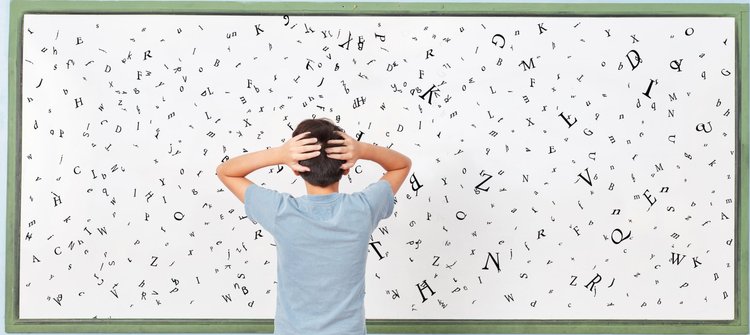
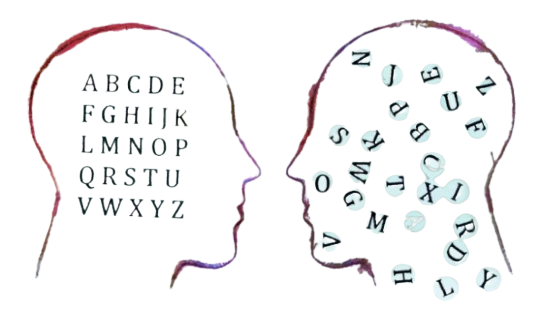
Dyslexia
Dyslexia mostly affects reading and writing skills. It can also affect how someone processes information more generally. Dyslexia is sometimes referred to as a learning difficulty.
Someone who’s dyslexic might:
- Read or write slowly
- Find it difficult to listen and concentrate
- Forget things easily
- Have difficulty with spelling
- Be good at problem-solving and thinking creatively
- Have strong verbal communication skills
- Be good at tasks involving 3D shapes and spaces
ADHD
ADHD stands for ‘attention deficit hyperactivity disorder’. It sometimes affects someone’s behaviour. Someone with ADHD might refer to themselves as an ‘ADHDer’.
Someone with ADHD might:
- Find it difficult to concentrate on tasks
- Struggle with time management and organisation
- Have trouble following instructions
- Have times of hyperfocus – where they're entirely focused on a task
- Be good at thinking creatively
- Have lots of energy
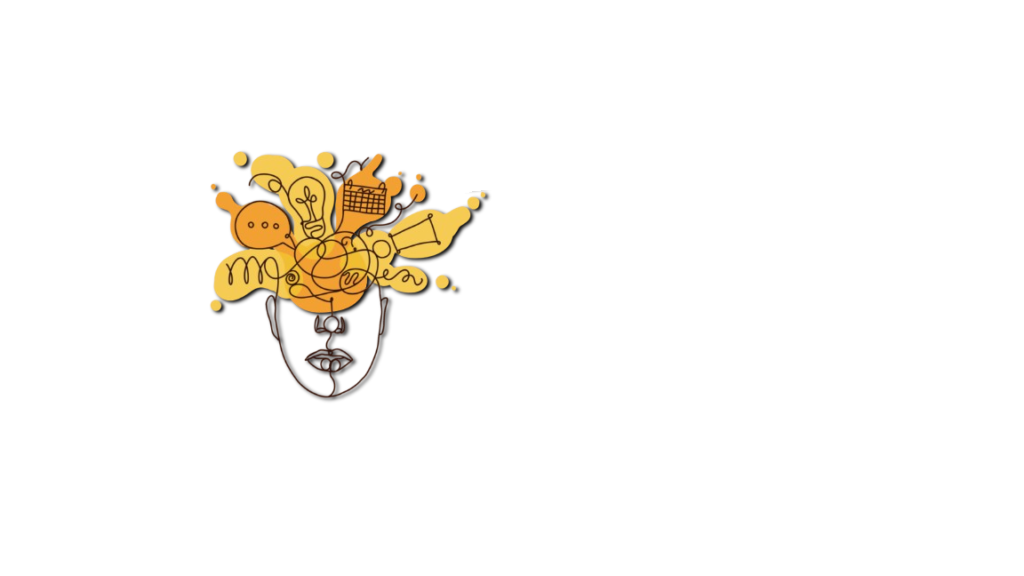

How are ADHD and dyslexia diagnosed?
ADHD and dyslexia are distinct but often overlapping conditions. ADHD affects 3-5% of students and is marked by inattention, hyperactivity, and impulsivity. Around 30% of people with dyslexia also have ADHD. Dyslexia is a language-based learning disability affecting word recognition, spelling, and decoding, caused by difficulty with phoneme discrimination. Though they can occur together, the two do not cause each other.
ADHD and dyslexia are diagnosed differently. ADHD evaluation is done by a physician or psychologist and may include the following:
- Complete medical and family history
- Physical examination
- Interviews with parents and child
- Behaviour rating scales completed by parents and teachers
- Observation of the child
- Psychological tests to assess intellectual potential, social and emotional adjustment
These subtypes are
ADHD predominantly inattentive type is characterized by distractibility and difficulty sustaining mental effort and attention.
ADHD predominantly hyperactive-impulsive type is characterized by fidgeting with hands and feet, squirming in one’s chair, acting as if driven by a motor, interrupting and intruding upon others.
ADHD combined type meets both sets of inattention and hyperactive/impulsive criteria. Dyslexia is diagnosed through a psycho-educational evaluation.
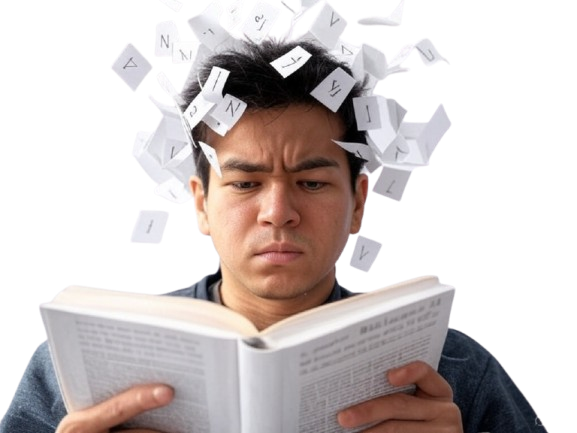
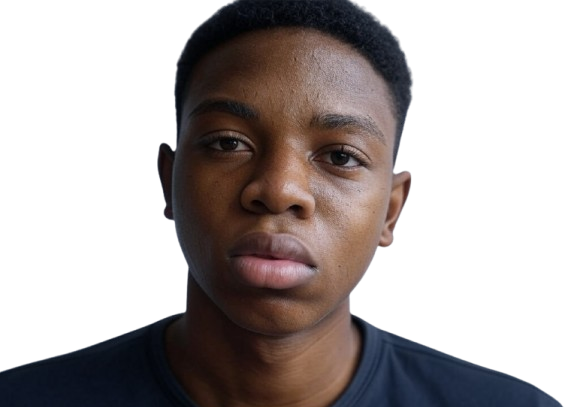
Can individuals inherit ADHD and dyslexia?
Both ADHD and dyslexia run in families. Genetics play a role in about half of the children diagnosed with ADHD. For the other half, research has yet to identify a cause. Regarding dyslexia, about one third of the children born to a dyslexic parent will also likely be dyslexic.
Are there characteristics that individuals with ADHD and dyslexia have in common?
Dyslexics and people with ADHD have some similar characteristics. They may have difficulty paying attention because reading is so demanding that it causes them to fatigue easily, limiting the ability to sustain concentration. People with dyslexia and those with ADHD both have difficulty with reading. The dyslexic person’s reading is typically dysfluent, with major problems with accuracy, misreading both large and small words. The person with ADHD may also be a dysfluent reader, but his or her reading is not characterized by misreading words.
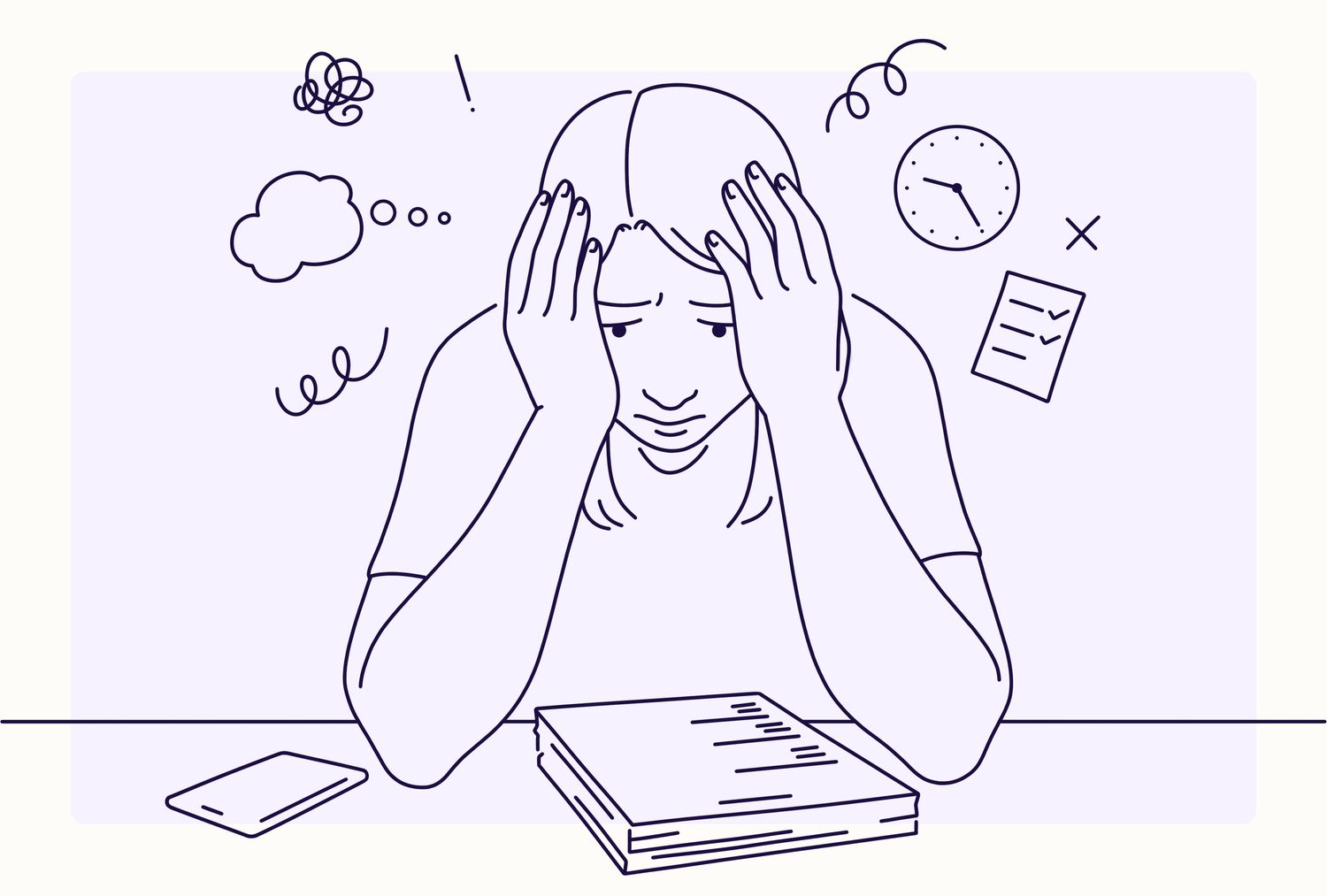
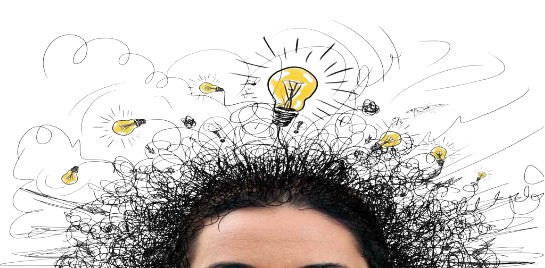
What is the outlook for children with dyslexia and ADHD?
If dyslexia and ADHD are identified and treated early, children with these disorders are more likely to learn to overcome their difficulties while maintaining a positive self-image. Even though children with dyslexia do not outgrow their disability, they can learn to adapt and improve their weak skills. With proper remediation and needed accommodations, students with dyslexia can go on to be very successful students in colleges and universities, as well as in professional and adult life. After puberty, about 40–50% of children with ADHD will improve and develop enough coping skills so that their symptoms no longer have a negative impact on their quality of life; however, the other 50–60% will continue to exhibit symptoms of ADHD through adolescence and adulthood that will negatively affect their lives.
Is ADHD over diagnosed?
The American Medical Association and the Centres for Disease Control and Prevention have concluded that ADHD is not over diagnosed; however, increased awareness has resulted in an increase in the number of individuals diagnosed with ADHD. Girls and gifted children are actually underdiagnosed or may be diagnosed late. Girls often have ADHD, predominantly the inattentive type where the essential feature is inattention.
This subtype of ADHD can easily be overlooked because the more obvious characteristics of hyperactivity and impulsivity are not present.
References:
Dakin, K. E., & Erenberg, G. (2005). Questions about attention-deficit/hyperactivity disorder and dyslexia. Baltimore: The International Dyslexia Association.
Tridas, E. Q. (2007). From ABC to ADHD: What parents should know about dyslexia and attention problems.
